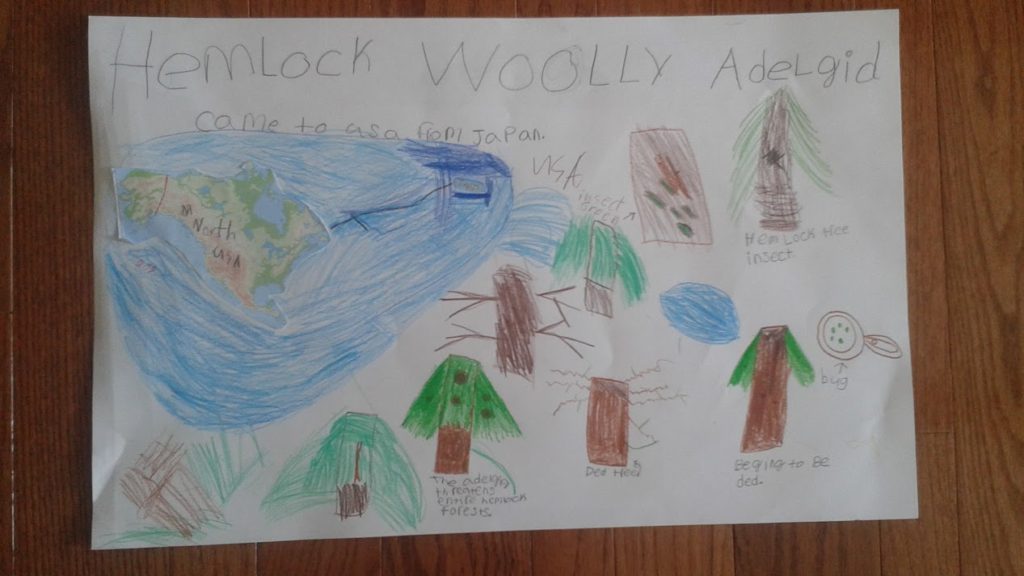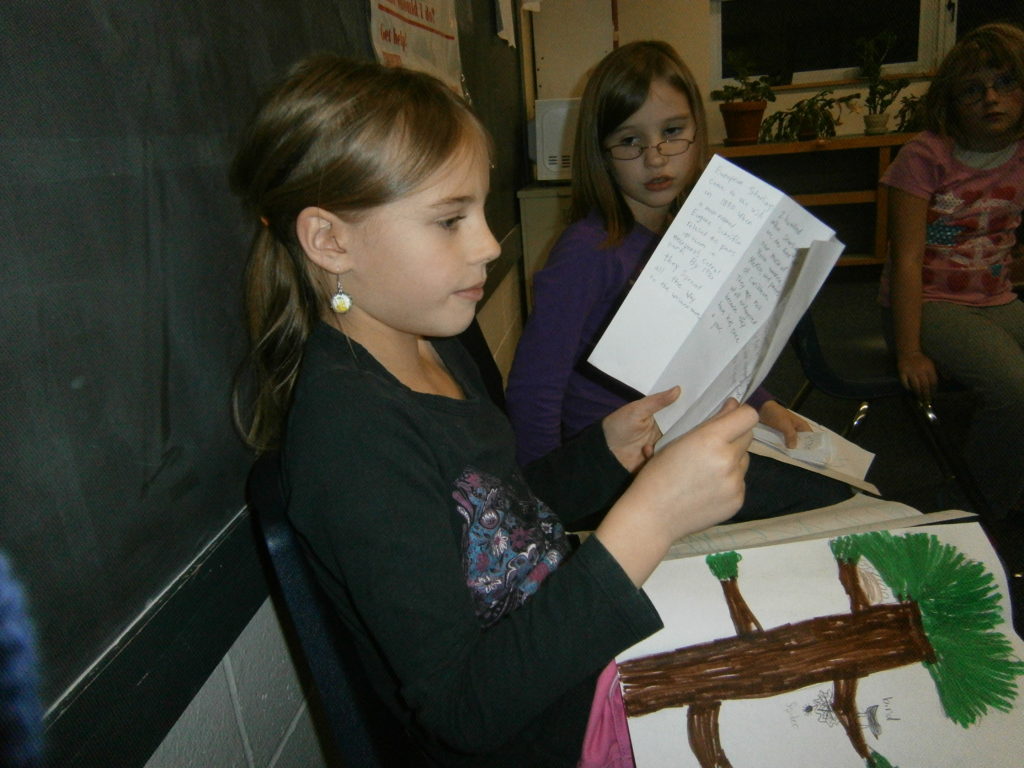Engage
- Begin the activity by showing students a photograph of kudzu (or other invasive species) taking over a forest. Invite them to describe what they observe and what seems to be out of place. Ask them whether they have heard the term “invasive species,” and what they think it could mean.
Explore
- Divide students into small teams. Assign each team a different species from the Alien Invasion student pages provided, and ask students to work on the Comparing Invasive Species student page for their assigned species. Students will read about their species to determine:
- Where did it come from?
- Why or how did it get to the U.S.?
- What characteristics have helped it spread?
- How does the invasive species affect the ecosystem (including the flow of energy in the ecosystem)?
- Have teams share their species information with the class. As the class listens, ask students to complete the remaining columns of their own Comparing Invasive Species student page.
Explain
- After students have completed their chart using information provided by each group, ask teams to discuss the 3 questions at the bottom of the Comparing Invasive Species student page:
- What is the same about these species? What is different?
- What characteristics help these species spread?
- What are invasive species?
- Why are invasive species a problem?
- (Optional) Have students draw pictures of invasive species to support the discussion.
Elaborate
- Explain to teams that they will now research an invasive species found in your state or region (different from the ones on the student page) to learn how it affects the local ecosystems. Provide a list of invasive species in your state (see Getting Ready in the Overview) and either assign teams a species to research or have them choose one. Distribute copies of the Invasive Species in Your Community student page to help students collect the following information:
- Where the species came from (including maps).
- How it got to the local ecosystem.
- What problems it causes the local ecosystem (including how it affects the flow of energy).
- What people can do to get rid of it or keep it from spreading.
- After students learn about a local invasive species, challenge them to create a poster, video, brochure, skit, or other presentation to inform friends, family, or community groups about this species. Students can use word processing or presentation software to create their presentations.
- Allow time for teams to research and create their presentations, and to share them with the class.






